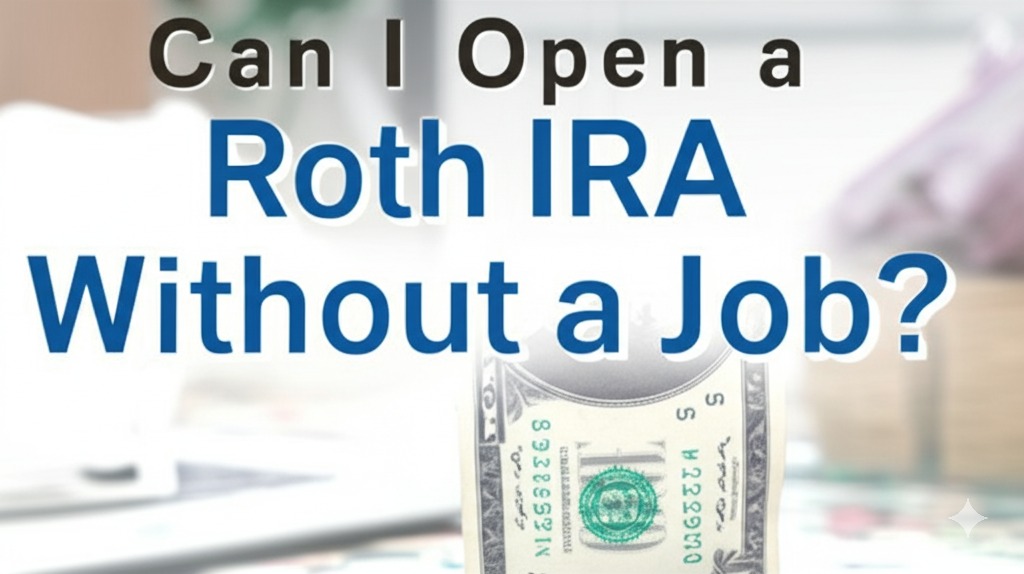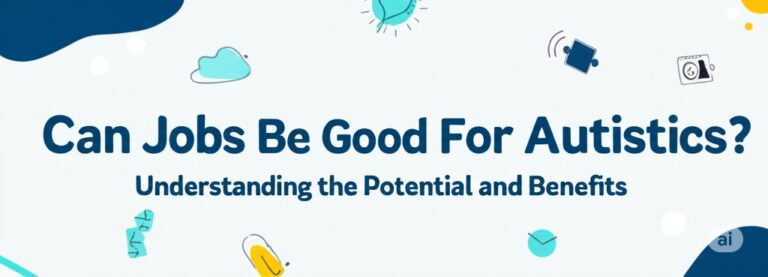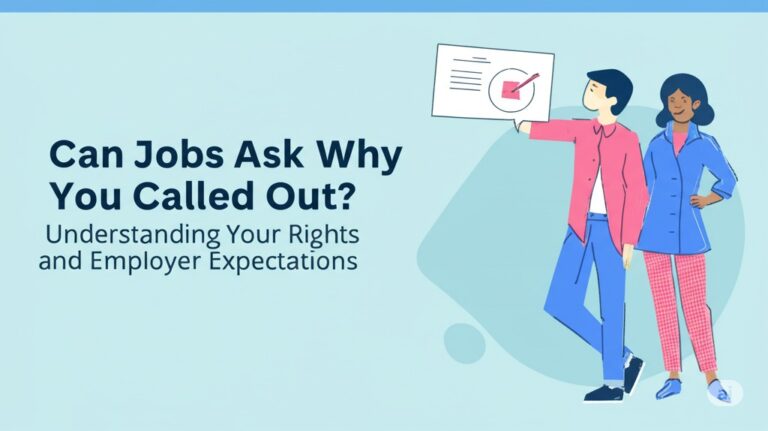
When it comes to saving for retirement, a Roth IRA is one of the best tools you can have in your financial toolkit. It offers tax-free growth on your investments and provides flexible withdrawal options in retirement. But what if you’re not currently employed? Can you still open a Roth IRA and benefit from its advantages? Let’s dive into this important question and explore your options.
What is a Roth IRA?
Before we address whether you can open a Roth IRA without a job, it’s important to understand what a Roth IRA is.
A Roth Individual Retirement Account (IRA) is a type of retirement savings account that allows you to contribute after-tax money. The key benefit is that, as long as you meet certain conditions, your investments grow tax-free, and qualified withdrawals in retirement are also tax-free.
Unlike traditional IRAs, which provide an upfront tax deduction on your contributions, Roth IRAs allow you to contribute post-tax money, but your withdrawals during retirement will be tax-free. This is particularly beneficial if you expect to be in a higher tax bracket when you retire.
Can You Open a Roth IRA Without Having a Job?
The short answer is yes, you can open a Roth IRA even if you’re not employed. However, there are certain conditions and limitations you need to be aware of to make sure you’re eligible.
The Key Requirement: Earned Income
While you don’t need to be currently employed at a job to open a Roth IRA, you must have earned income to contribute to the account. Earned income refers to income you receive from working, such as wages, salaries, tips, or self-employment income. This could come from a part-time job, freelance work, or even money earned through hobbies or side gigs that qualify as business income.
If you don’t have earned income, you cannot contribute to a Roth IRA. However, there are a few exceptions to this rule:
- Spouse’s Earned Income: If you’re married, you can contribute to a Roth IRA using your spouse’s earned income, even if you don’t have a job yourself. This is known as a spousal IRA.
- Self-Employment: If you’re self-employed, the money you earn through your business can be used to contribute to a Roth IRA. Freelancers, gig workers, and entrepreneurs can contribute to their Roth IRAs based on their net earnings.
Roth IRA Contribution Limits
Another key consideration when opening a Roth IRA is the contribution limit. For 2025, the IRS has set the contribution limit for Roth IRAs at $6,500 for individuals under 50 years old, and $7,500 for those 50 and older (this is known as the “catch-up” contribution).
However, the amount you can contribute also depends on your modified adjusted gross income (MAGI). If your income exceeds certain thresholds, the amount you can contribute to a Roth IRA may be reduced or eliminated. For single filers in 2025, the phase-out range starts at $138,000 and ends at $153,000. For married couples filing jointly, the phase-out range starts at $218,000 and ends at $228,000.
Alternatives to Opening a Roth IRA Without a Job
If you don’t have a job and are unable to contribute to a Roth IRA because of a lack of earned income, there are some alternative ways to save for retirement:
1. Spousal IRA
As mentioned earlier, if you’re married, you can use your spouse’s earned income to contribute to a Roth IRA under the spousal IRA rules. This can help you both build a stronger retirement fund even if only one of you is working.
2. Traditional IRA
While Roth IRAs require earned income for contributions, traditional IRAs also require earned income to contribute. However, traditional IRAs offer the option of tax-deferred growth, though withdrawals in retirement will be taxed as ordinary income.
3. Solo 401(k) or SEP IRA
If you’re self-employed or run your own business, a Solo 401(k) or a Simplified Employee Pension (SEP) IRA might be a great option to save for retirement. These accounts allow you to contribute a higher amount than a Roth IRA, and they also offer tax advantages.
How to Open a Roth IRA Without a Job
If you meet the necessary requirements, opening a Roth IRA is a straightforward process. Here’s how to get started:
- Choose a Roth IRA provider: Many banks, credit unions, and online brokerage firms offer Roth IRAs. Compare fees, investment options, and customer service before selecting a provider.
- Complete the application: You’ll need to provide personal information and answer questions about your income. If you’re using a spousal IRA, you’ll need to provide your spouse’s details as well.
- Fund your account: Once your account is open, you can begin contributing. If you’re using earned income from freelance work or self-employment, make sure your contributions stay within the IRS limits.
Key Benefits of a Roth IRA
Opening a Roth IRA, even without a job, can be a great decision for building wealth for retirement. Here are some key benefits:
- Tax-Free Withdrawals: In retirement, you can withdraw funds from your Roth IRA without paying taxes.
- No Required Minimum Distributions (RMDs): Unlike other retirement accounts, Roth IRAs don’t require you to start withdrawing at a certain age, giving you more flexibility.
- Potential for Higher Tax Rates: Since Roth IRAs are funded with post-tax money, they can be particularly beneficial if you expect to be in a higher tax bracket in the future.
Conclusion: Is a Roth IRA Right for You?
Opening a Roth IRA without a job is possible if you have earned income, such as from freelance work, self-employment, or a spouse’s income. The flexibility and tax advantages make it a powerful tool for retirement savings. Whether you’re just starting your career, taking a break, or building a side business, a Roth IRA can be an excellent way to secure your financial future.
If you’re considering opening a Roth IRA, make sure to evaluate your eligibility and contribution limits. With the right approach, a Roth IRA can be one of the best ways to maximize your retirement savings. Start today to ensure a comfortable and tax-free retirement tomorrow!

Andre Cuevas provides career insights, job search strategies, and professional advice to help individuals navigate the job market and achieve their career goals.





